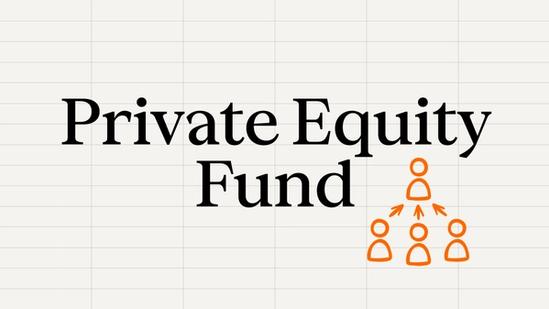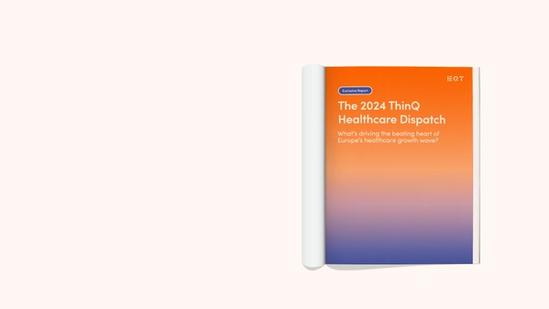5 Things Investors Should Know About Healthcare


The healthcare industry is one of the most intriguing for investors, providing a mix of mature companies with solid cash flows and high-tech startups pushing the frontiers of science.
- The health and pharmaceutical industries are handily resistant to changes in the economic mood.
1. The global population is getting older
The sad truth is that older people get sick more often, requiring more spending on patching them up again. And populations are getting older. The median age globally has surged from barely 20 in 1970 to about 30 today. And it’s forecast to climb by another whole decade – to nearly 42 – by the end of the century.
By then, the number of over-65s globally is expected to triple to about 3 billion. The world already spends about $10trn a year on healthcare, or about 10% of gross domestic product. That number will only grow.
And investors like nothing better than a growing market.
2. The global population is getting richer
As much as healthcare spending is resistant to swings in the economic mood, the poor unsurprisingly still spend less than the rich on keeping themselves well. So the world’s long-term trend of increasing prosperity is another tailwind for healthcare businesses. That’s as true for the firms catering to the global ranks of millionaires as it is for those providing services in countries such as China and India with a rapidly growing middle class.
Countries spend wildly differing sums on healthcare. A huge but poor nation like Bangladesh, for example, spends just 2.4% of gross domestic product, according to the World Bank, while comfortable Western European locations like France and Germany spend a little over 12% of GDP. The US – by far the biggest spender – splurges a massive 16.6% of GDP on its sick.
Put another way, the world’s poorest countries accounted for just 0.2% of global health expenditure, despite having 8% of the world’s population, according to the World Health Organization. As the world gets wealthier, that gap is likely to close.
At the other end of the spectrum, startups are catering to the megarich – wealthy hypochondriacs and those who hope to extend their natural lifespans. Altos Labs, with founders that reportedly include Jeff Bezos, is among those attempting to reverse the aging process. Fountain Life, a healthcare firm founded by entrepreneur Peter Diamandis, charges $19,500 a year for a suite of diagnostic tests aimed at catching diseases early.

3. Obesity is a huge opportunity for healthcare firms
As well as getting older and richer, the world is steadily getting fatter. Some 1 billion people – or one in eight of the global population – are classed as obese. The rate of obesity has more than doubled among adults since 1990. Among children, it has quadrupled.
That’s providing an opportunity for makers of so-called GLP-1 weight loss treatments. Denmark’s Novo Nordisk has become the biggest company in Europe by market value thanks to demand for its GLP-1 drug semaglutide, sold as Ozempic for diabetes and Wegovy for obesity.
After Novo Nordisk, US firm Eli Lilly is the second-biggest player in the GLP-1 market, which analysts predict could be worth up to $150 billion in annual sales.
4. Some healthcare investments are closer to tech investments
While much of the healthcare sector provides steady cash flows to investors from solid-but-dull products, parts of the industry are more like early-stage technology investments.
The model of allocating money to high-risk endeavors like discovering novel drugs or developing groundbreaking medical devices isn’t a million miles from the venture capital model that backs many tech startups. The so-called biotech industry requires huge piles of money to fund years of research, followed by further years of jumping through regulatory hoops – all while costs soar and revenue is often zero.
Such companies will generally tap many rounds of investment while they work to thread the needle and bring an approved product to market.
In this high-octane segment of the market, investor returns follow the venture capital pattern, with most ventures failing while a tiny fraction gives 10x-plus returns.
5. Interest in the sector is returning to normal following the pandemic
The COVID-19 pandemic – and the race to develop cutting-edge vaccines for the disease – sent private equity funds’ interest in the healthcare sector soaring. But as the virus’s impact has waned, so has that deal flow.
The value of private equity buyouts in healthcare dropped to $60bn last year. That’s the lowest since 2017 and compares with a peak of $151bn in 2021.
Now, private equity investors are looking for new catalysts to buoy deals, and licking their lips at the potential shown by generative AI. Artificial intelligence might be able to speed up drug discovery, help train doctors, or even triage patient needs. Such advancements will only serve to grow the industry further.
ThinQ by EQT: A publication where private markets meet open minds. Join the conversation – [email protected]




